Lifestyle Recommendations to Support a Healthy Spine and Reduce Pain
October 6, 2025
7 min

The Foundation of Spinal Health: Why Lifestyle Matters
Spinal health profoundly influences overall well-being, mobility, and quality of life. Back pain is among the most common ailments worldwide, affecting nearly 80% of adults at some time. Fortunately, most cases are temporary and preventable through targeted lifestyle modifications. This article explores essential habits, exercises, nutritional strategies, and ergonomic approaches designed to promote a healthy spine, prevent pain, and manage discomfort effectively. Understanding these principles empowers readers to maintain spinal integrity through all stages of life.
Key Lifestyle Habits to Promote Spinal Health and Prevent Back Pain

Maintaining a healthy weight is essential in reducing undue stress on the spine. Excess weight, especially around the abdomen, can increase strain on the back muscles and spinal discs, leading to pain and potential injury.
Engaging in regular low-impact exercises like walking, swimming, or cycling helps strengthen the core muscles that support the spine while improving circulation and flexibility. These activities not only maintain overall health but also promote spinal stability.
Daily stretching routines targeting the back, hamstrings, and hip flexors can significantly enhance flexibility, prevent muscle tightness, and support proper spinal alignment. Incorporating stretching into your daily schedule helps keep muscles supple and reduces the risk of strains and related pain.
Maintaining proper posture when sitting and standing is crucial. Keep your head aligned over your pelvis, shoulders back, and avoid slouching. Using ergonomic furniture and adjusting workstations to promote good posture can lessen unnecessary pressure on spinal discs and muscles.
The role of smoking cessation cannot be overstated. Nicotine constricts blood vessels, reducing oxygen and nutrient flow to spinal tissues, which accelerates degeneration. Quitting smoking fosters better blood flow, supports tissue repair, and reduces the risk of osteoporosis.
Stress management techniques such as mindfulness, meditation, and relaxation exercises help decrease muscle tension and inflammation that can contribute to back pain. Managing stress effectively supports overall spinal health.
Finally, practicing safe lifting techniques—using leg muscles, keeping objects close, and avoiding twisting motions—prevents undue strains and injuries. Incorporating these habits into daily life creates a holistic approach to spinal wellness, reducing the likelihood of chronic back pain and promoting long-term spine health.
Daily Routines and Ergonomic Practices to Support Back Health
Maintaining a healthy back involves consistent daily habits, proper ergonomic practices, and mindful body positioning.
One of the most vital aspects is practicing good posture both sitting and standing. Using ergonomic workspaces—such as adjustable chairs with lumbar support, monitors at eye level, and keyboard placement that keeps the wrists straight—can significantly reduce strain on the spine. Regular movement is equally important; taking short breaks every 30 minutes to stretch, walk, or change position helps alleviate static pressure and promotes circulation (Lifestyle Tips for Preventing Chronic Back Pain, Maintaining good posture).
Alternate sitting and standing throughout the day by using sit-stand desks or flexible work setups. This approach lessens the risks associated with prolonged sedentary behavior and supports spinal alignment (Alternate sitting and standing at work, Standing vs sitting for spine). Proper lifting mechanics are also crucial: always bend at the hips and knees, hold heavy objects close to the body, and avoid twisting during lifts. These techniques prevent unnecessary stress on the back muscles and ligaments (Proper lifting techniques, Using leg muscles for lifting).
Wearing supportive footwear and ensuring your sleep position supports spinal health contribute to a pain-free back. Choosing mattresses and pillows that maintain natural spinal curves—like sleeping on your back with a pillow under your knees or on your side with a pillow between the knees—helps sustain proper alignment (Sleeping with a pillow under knees, Proper Sleep and Spine Alignment, Sleep positions for back health).
Lastly, integrating stress management and relaxation techniques into your daily routine can prevent muscle tension that worsens back discomfort. Combining these ergonomic and behavioral strategies fosters a resilient, pain-free spine and supports long-term back health (Stress management for back pain, Relaxation techniques for spine health).
Exercises and Physical Activities for Spine Stability and Pain Reduction

What exercises, stretches, and physical activities support spine stability and reduce back pain?
Supporting spine health involves a combination of strengthening, stretching, and low-impact movement. Core-strengthening exercises like planks, bird-dog, curl-ups, and bridging help stabilize the spine by reinforcing the muscles that support the back. These targeted exercises, when performed consistently, improve posture and reduce the risk of injury.
In addition to strengthening, stretching tight muscles is essential. Hamstring stretches, hip flexor stretches, and chest opening exercises improve flexibility and alignment, decreasing undue pressure on the spine.
Low-impact activities such as walking, swimming, and yoga are especially effective. These activities promote gentle movement, improve circulation, and relax tense muscles, which alleviates back pain and enhances overall mobility. Water therapy, in particular, provides support and reduces strain while building strength.
For individuals with specific spine conditions, modifications are crucial. For example, avoiding deep forward bending or hyperextension helps prevent symptom aggravation. Tailored stretches and exercises should always be performed under medical supervision to ensure safety.
Perform all exercises with proper technique, gradually increase intensity, and listen to your body's signals. Consulting with healthcare professionals or physical therapists can help develop a personalized exercise plan, particularly for acute pain or nerve involvement. Consistent practice of these activities supports long-term spine stability and relief from back discomfort.
Nutrition and Dietary Strategies for Maintaining Spine Health

Proper nutrition is essential for supporting the structure and function of your spine. Key nutrients such as calcium, vitamin D, magnesium, and vitamin K are fundamental in maintaining strong bones and preventing osteoporosis, a condition that can lead to weakened vertebrae and increased fracture risk.
An anti-inflammatory diet offers significant benefits for back health. Incorporating foods rich in omega-3 fatty acids, such as fatty fish like salmon, as well as plenty of fruits and vegetables, helps reduce systemic inflammation, which is often linked to back pain and degenerative disc disease.
Hydration also plays a critical role. Adequate water intake keeps intervertebral discs hydrated and elastic, supporting their shock-absorbing capacity. This is crucial for tissue repair and maintaining overall spinal flexibility.
Balancing proteins, healthy fats, and antioxidants in your diet further promotes tissue repair and reduces oxidative stress. Lean proteins, such as poultry, beans, and fish, supply amino acids necessary for muscle and tissue healing. Healthy fats from sources like nuts, seeds, and olive oil support cell health.
Avoiding inflammatory foods is equally important. Limiting red meats, processed sugars, trans fats, and refined carbohydrates helps prevent systemic inflammation that can exacerbate back pain.
In summary, a nutrient-rich, anti-inflammatory, and well-hydrated diet supports spine health by strengthening bones, reducing inflammation, maintaining disc hydration, and promoting overall tissue repair. This comprehensive dietary approach complements physical activity and lifestyle choices in safeguarding spinal integrity over time.
Recognizing Symptoms and Seeking Appropriate Medical Attention

Understanding when to seek medical help for back problems is crucial for preventing potential complications. Urgent symptoms that require immediate evaluation include neurological signs such as numbness, weakness, or tingling in the legs, as well as loss of bladder or bowel control, which could indicate cauda equina syndrome—a serious condition needing prompt treatment.
Other warning signs are severe or persistent pain that worsens at night or following trauma, fever combined with back pain suggesting possible infection, and unexplained weight loss that could point to more serious underlying conditions like cancer.
If you experience sudden weakness, difficulty walking, or significant changes in reflexes, it’s important to see a healthcare provider promptly.
Early detection plays a vital role in managing back issues effectively. A comprehensive evaluation by a multidisciplinary team—including primary care physicians, neurologists, or spine specialists—can help determine the cause and guide appropriate treatment.
Many cases of acute back pain improve with conservative care, but persistent or severe symptoms should not be ignored. Recognizing these signs ensures timely intervention and can prevent long-term disability.
Comprehensive Management and Preventive Care for Long-Term Spine Integrity
What preventive care and early intervention tips help maintain spinal integrity over time?
To keep your spine healthy as you age, adopting a holistic approach is essential. Regular exercise that targets core strength and enhances flexibility, such as yoga, water therapy, or Pilates, helps support spinal support structures. Maintaining a healthy weight reduces undue pressure on the back, while proper lifting techniques—using the legs and keeping the back straight—prevent injuries. Good posture during sitting and standing, combined with ergonomic work setups—including supportive chairs and monitor positions—minimizes strain.
Avoiding smoking is critical because nicotine constricts blood vessels, impairing oxygen and nutrient delivery to spinal tissues and accelerating degeneration. A balanced diet rich in calcium, vitamin D, omega-3 fatty acids, and anti-inflammatory foods such as leafy greens and fatty fish further promotes bone health and reduces inflammation.
Early intervention through regular check-ups, prompt treatment of persistent pain, and vigilance for signs like numbness or weakness are vital. For those with spinal cord injuries, tailored preventive care involves immunizations, osteoporosis screenings, and management of secondary health issues. Staying vigilant with routine monitoring and seeking immediate medical attention for symptoms indicating serious problems can significantly preserve spinal health and prevent long-term complications.
Sustaining a Healthy Spine Through Conscious Living
A healthy spine forms the backbone of an active, pain-free life. Integrating balanced nutrition, consistent physical activity, mindfulness of posture, and ergonomic principles builds resilience against spinal pain and degeneration. Prompt attention to warning signs and adherence to preventive care amplify the benefits of these lifestyle strategies. By embracing these recommendations, individuals can empower themselves to preserve spinal function and enjoy enhanced mobility and comfort throughout their lives.
Recent articles

Simple Lifestyle Adjustments to Maintain a Healthy Spine

Personalized Nutritional Counseling for Improved Health Outcomes

Exploring Non-Surgical Treatments for Spine-Related Conditions

An Introduction to Spinal Decompression for Sciatica Patients

Transformative Success Stories: Patient Experiences with Chiropractic Treatments

Why Chiropractic Care Is Essential for Back Pain Relief

Addressing Underlying Causes Versus Symptom Management in Pain Care

The Role of Nutrition in Enhancing Chiropractic Treatment Effectiveness

Sciatica Treatment Options: Is Spinal Decompression Right for You?

Lifestyle Tips to Maintain a Healthy Spine and Prevent Back Issues

The Synergy Between Physiotherapy and Chiropractic Treatments

What Happens During Your Initial Chiropractic Consultation

Effective Corrective Exercises for Sustainable Pain Management

Taking a Root Cause Approach to Chronic Pain Management

Holistic Pain Management Techniques Without Surgery

How Patient Success Stories Validate Chiropractic Care Benefits

Spinal Decompression: Innovative Treatment for Sciatic Nerve Pain

Spinal Decompression Therapy: A Non-Invasive Approach to Sciatica Relief

Exploring Holistic Approaches Beyond Surgery for Pain Relief

Practical Lifestyle Advice to Support a Healthy Spine Every Day

Corrective Exercise Routines Designed for Long-Term Pain Prevention

Real Patient Stories: Overcoming Chronic Pain with Chiropractic Care

Lifestyle Changes That Promote a Healthy Spine and Prevent Injury

How Addressing the Root Cause of Pain Leads to Lasting Relief

Non-Surgical Holistic Therapies to Manage Chronic Pain Effectively

Nutritional Counseling's Impact on Physical Health and Healing

Benefits of Regular Chiropractic Care for a Stronger Back

Your First Chiropractic Visit: What to Expect and How to Prepare

Patient Experiences: How Chiropractic Care Transformed Their Lives

Exploring Holistic, Non-Surgical Options for Pain Management

Combining Physiotherapy with Chiropractic Treatments for Enhanced Recovery

Holistic Treatments That Offer Alternatives to Surgery for Pain Relief

Corrective Exercise Strategies for Long-Term Spine Health

How Physiotherapy Complements Chiropractic Adjustments for Better Outcomes

First-Time Chiropractic Visitors: What You Should Know

Understanding the Importance of Treating Pain at Its Source

Adopting Lifestyle Changes to Support Your Spine's Wellness

Utilizing Physiotherapy to Enhance Chiropractic Treatment Outcomes

The Key Advantages of Chiropractic Care for Back Pain Sufferers

Why Focusing on Root Causes Improves Pain Treatment Success

Corrective Exercises That Promote Lasting Pain Relief and Mobility

Sciatica Relief Through Targeted Spinal Decompression Techniques

Preparing for Your First Chiropractic Appointment with Confidence

Healthy Lifestyle Habits for Maintaining Spinal Alignment

Success Stories Highlighting Chiropractic's Role in Pain Recovery

Top Benefits of Chiropractic Care for Chronic Back Pain

Nutrition Tips to Boost Your Overall Wellness and Recovery

How Chiropractic Care Alleviates Back Pain Naturally

How Nutritional Counseling Supports Overall Wellness and Spine Health

Step-by-Step Guide to Your First Visit with a Chiropractor

Using Nutrition to Support Chiropractic and Overall Wellness

Integrating Physiotherapy in Your Chiropractic Healing Journey

How Physiotherapy Complements Chiropractic Adjustments for Faster Healing

Lifestyle Tips for Maintaining a Healthy Spine and Preventing Back Pain

Heartwarming Patient Testimonials Highlighting Chiropractic Success

How Proper Nutrition Supports Chiropractic and Physiotherapy Treatments

Combining Physiotherapy and Chiropractic Treatments for Optimal Recovery

Why Chiropractic Treatments Are Effective for Managing Back Pain

Choosing a Chiropractor: Tips for Finding a Trusted Provider

Integrating Physiotherapy and Chiropractic: Benefits and What to Expect

How Tailored Corrective Exercises Can Aid in Pain Management

Chiropractic Care: A Proven Solution for Alleviating Back Pain

What to Expect at Your First Chiropractic Visit: A Comprehensive Guide

The Importance of Root Cause Analysis in Effective Pain Management

The Role of Corrective Exercises in Sustaining Pain-Free Living

Combining Chiropractic and Physiotherapy for Comprehensive Pain Relief

How Addressing Underlying Causes Improves Pain Treatment Effectiveness

Maintaining Spinal Health Through Lifestyle Changes and Preventive Care

Understanding the Benefits of Chiropractic Adjustments for Back Pain Sufferers

Spinal Decompression Therapy: A New Hope for Sciatica Relief

Lifestyle Recommendations to Support a Healthy Spine and Reduce Pain
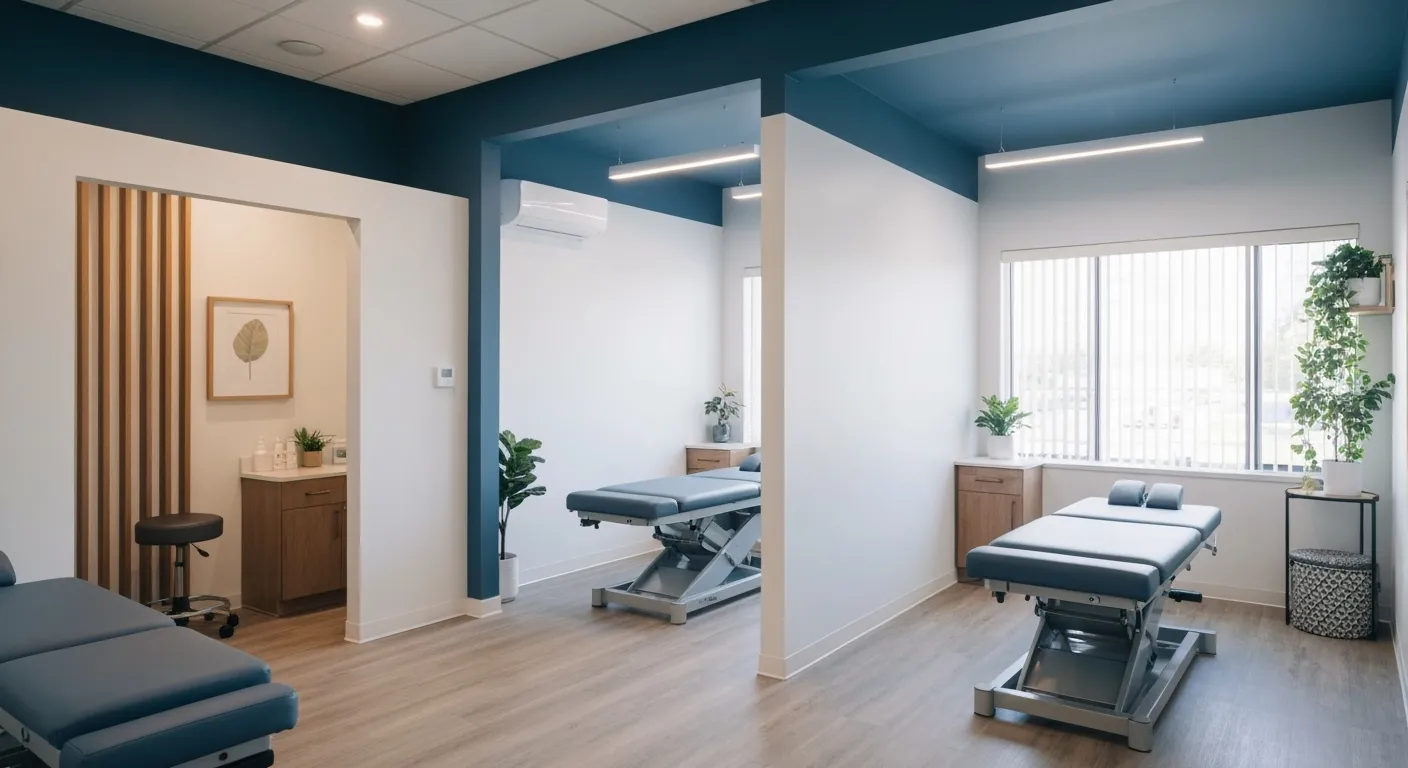
Choosing the Right Chiropractor: Key Factors to Consider Before Your First Appointment

Non-Invasive Treatment Alternatives: A Holistic Approach to Pain Relief

Corrective Exercises to Support Long-Term Relief from Chronic Pain

Exploring Non-Surgical Approaches to Spine Health and Wellness

Tips for Daily Habits That Keep Your Spine Strong

Success Stories: How Chiropractic Treatments Changed Lives

Why Focusing on the Root Cause of Pain Leads to Better Outcomes

Nutritional Counseling and Its Impact on Overall Wellness and Recovery

Patient Testimonials That Showcase the Power of Chiropractic Care

Preparing for Your First Chiropractic Appointment: What You Need to Know

Holistic Treatment Options: Beyond Surgery for Pain Relief
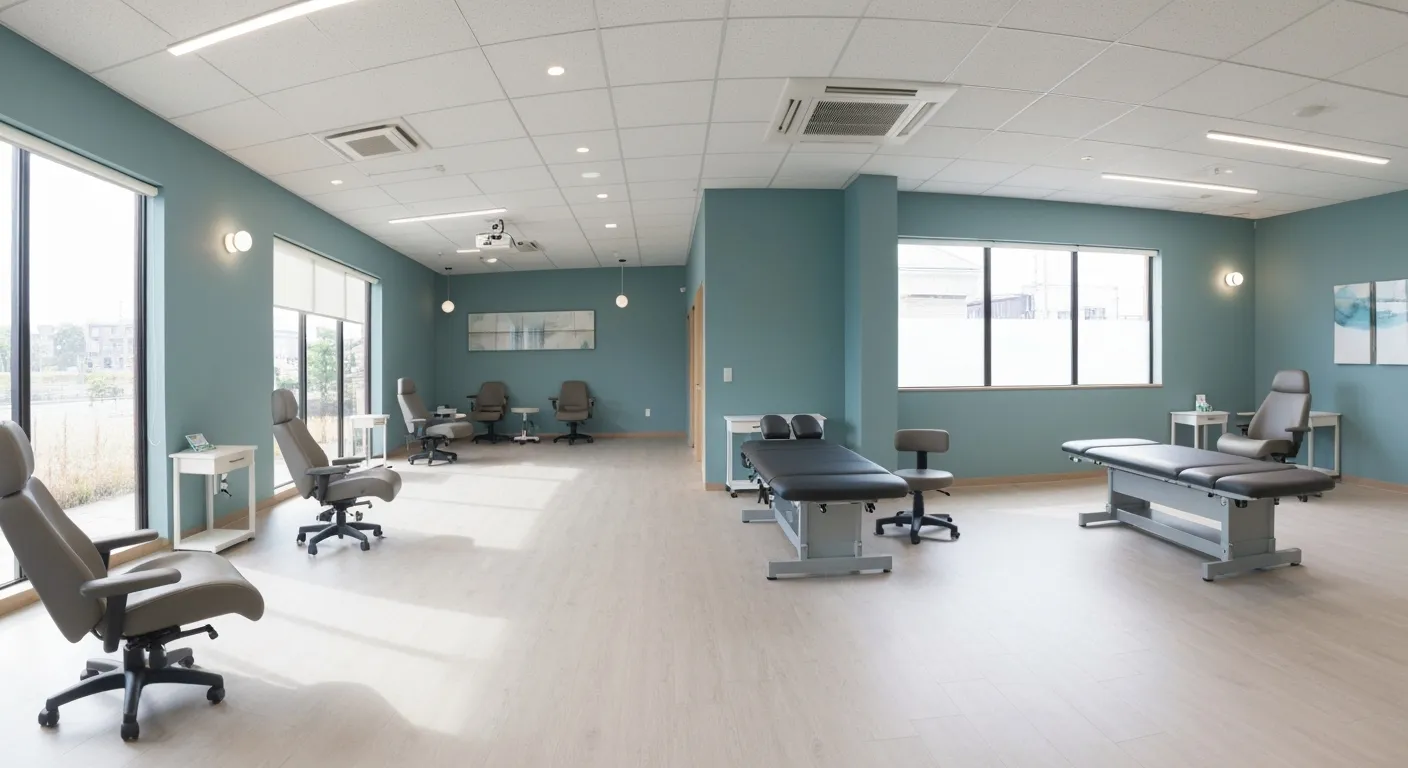
Holistic Pain Relief Methods That Avoid Surgery

Nutritional Strategies for Supporting Spine Health and Recovery

First Chiropractic Visit: What Happens and How to Prepare

Chiropractic Patient Success Stories: Inspiring Journeys to Wellness
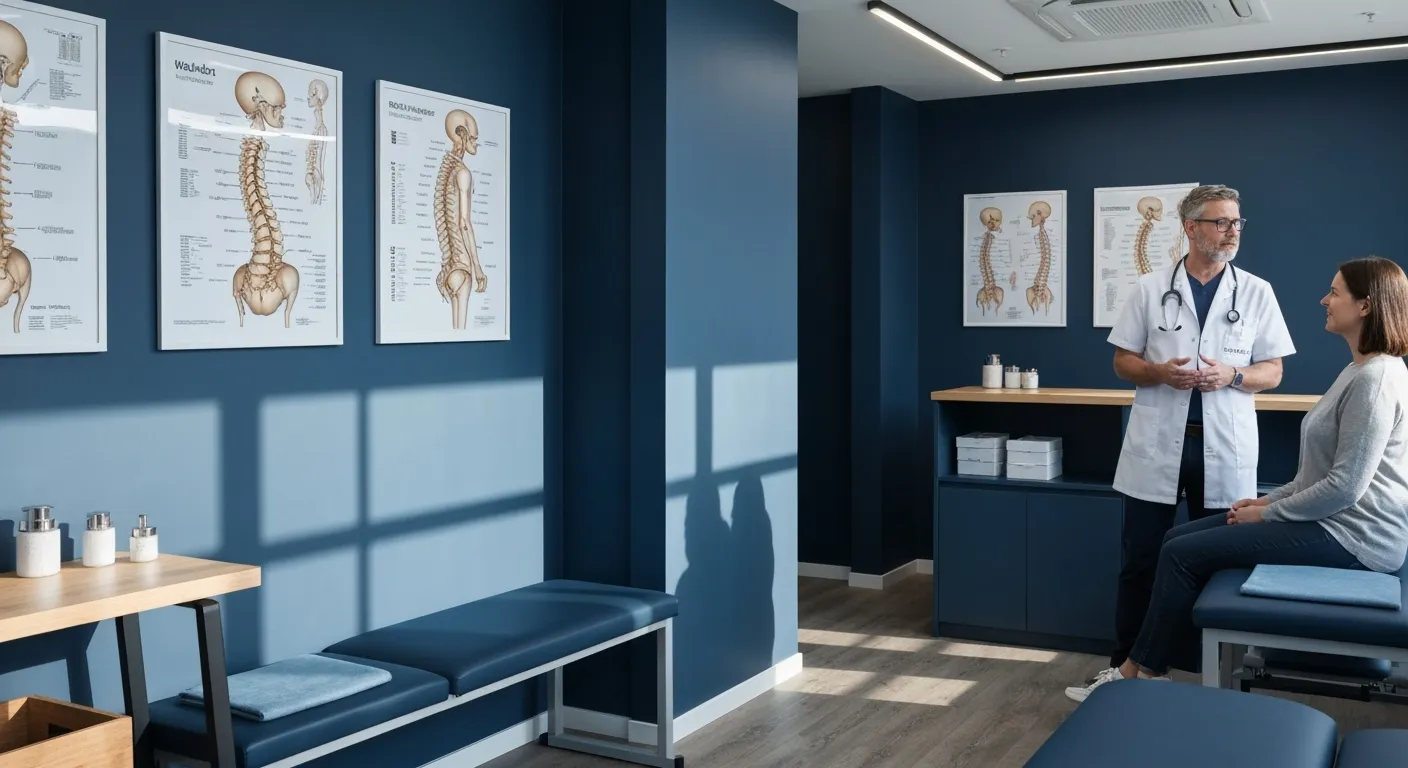
Effectiveness of Spinal Decompression Therapy in Managing Sciatic Nerve Pain

Addressing Pain at Its Source: Why Treating the Root Cause Matters

Corrective Exercise Programs Designed for Long-Term Pain Prevention

Healthy Lifestyle Advice for Maintaining Spinal Alignment
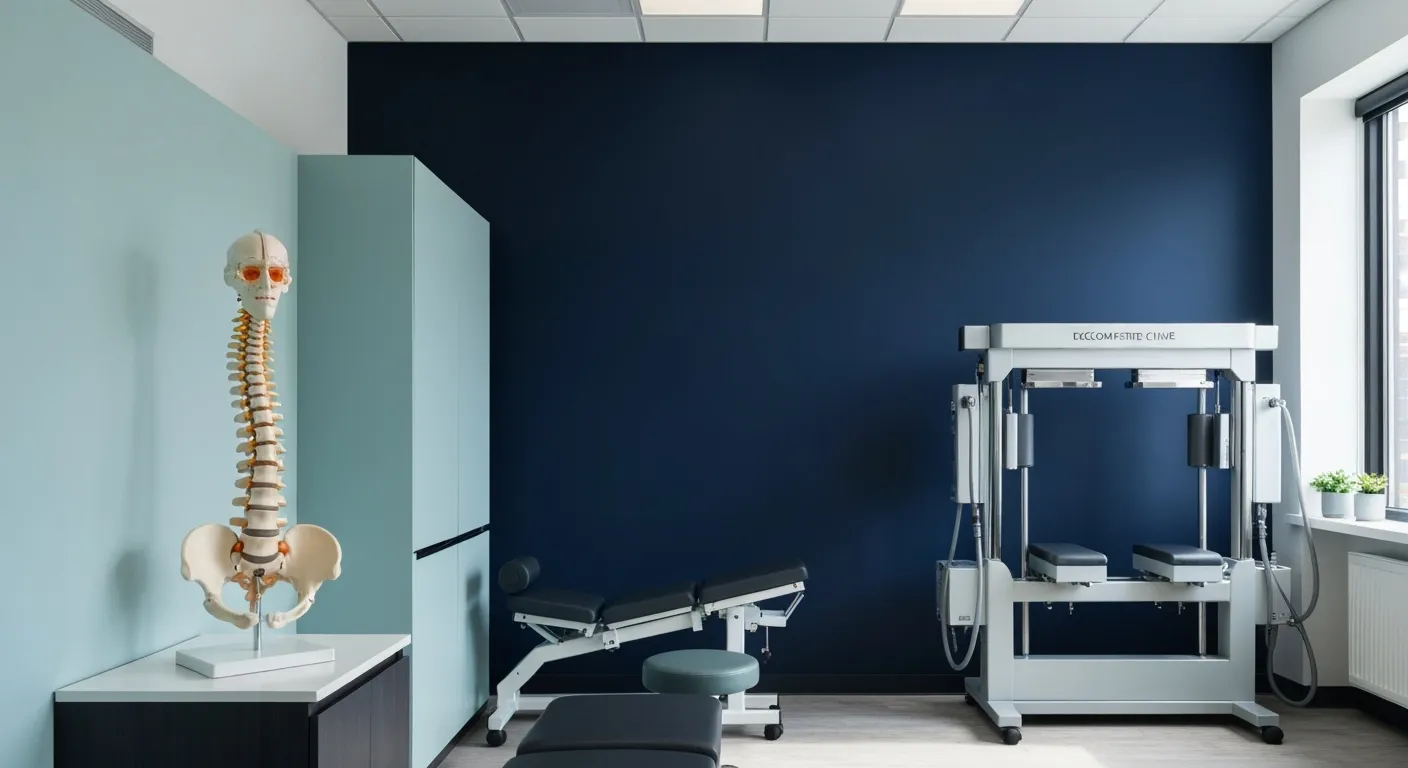
Understanding Spinal Decompression as a Treatment for Sciatica Pain
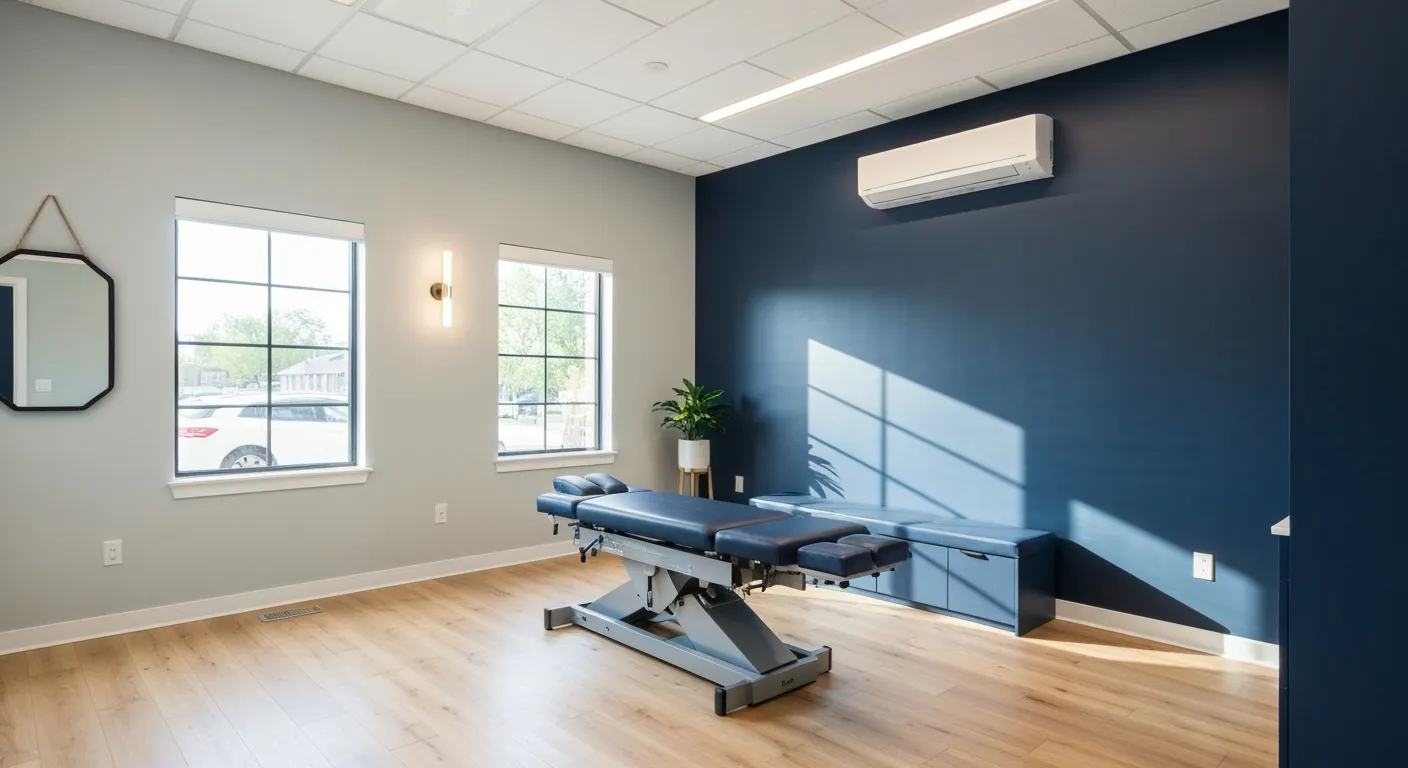
Benefits of Chiropractic Care Specifically for Back Pain Relief

Understanding Gait Analysis in Physiotherapy
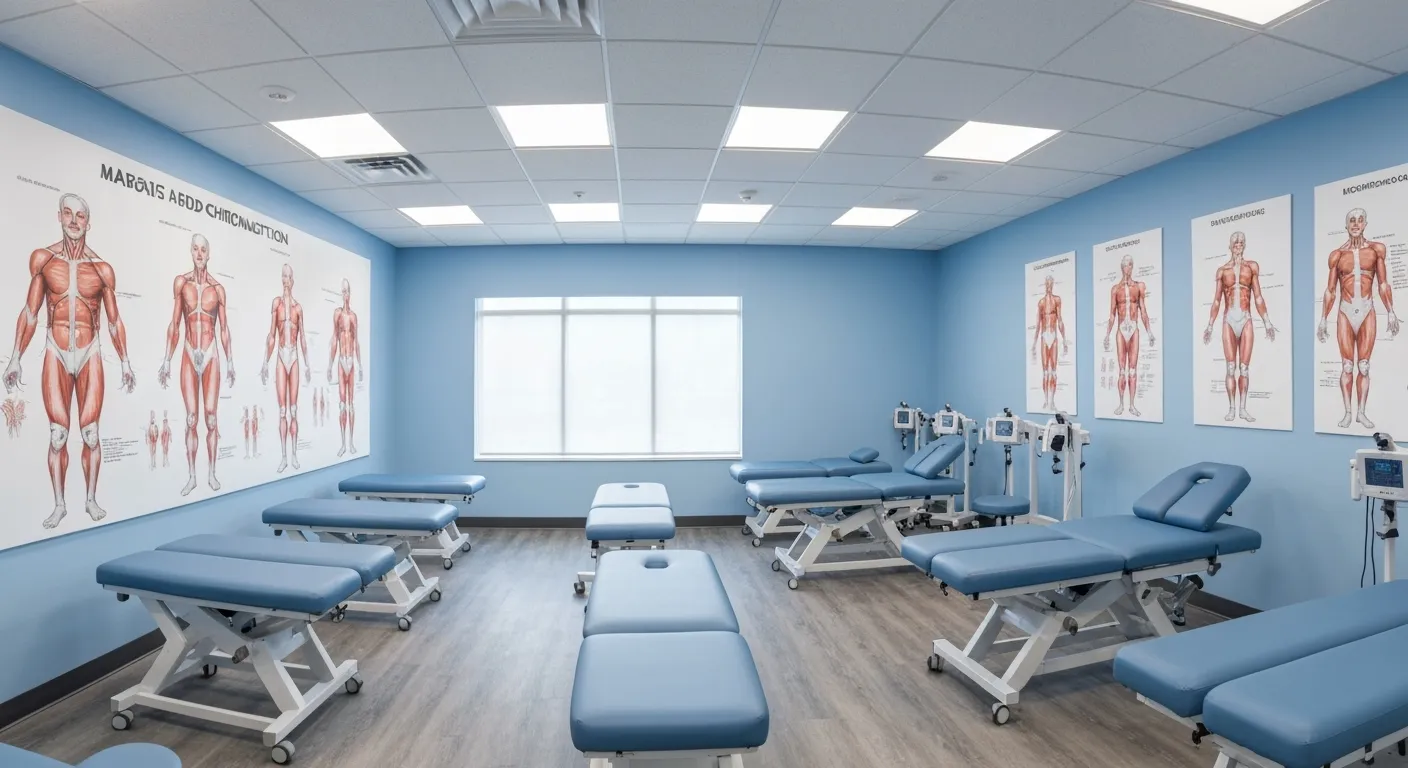
The Difference Between Muscle Soreness and Dysfunction

Workplace Stress Statistics: How Muscle Tension Impacts Productivity

How Physiotherapy Improves Mobility for Seniors

How to Communicate Pain Levels to Your Therapist Effectively
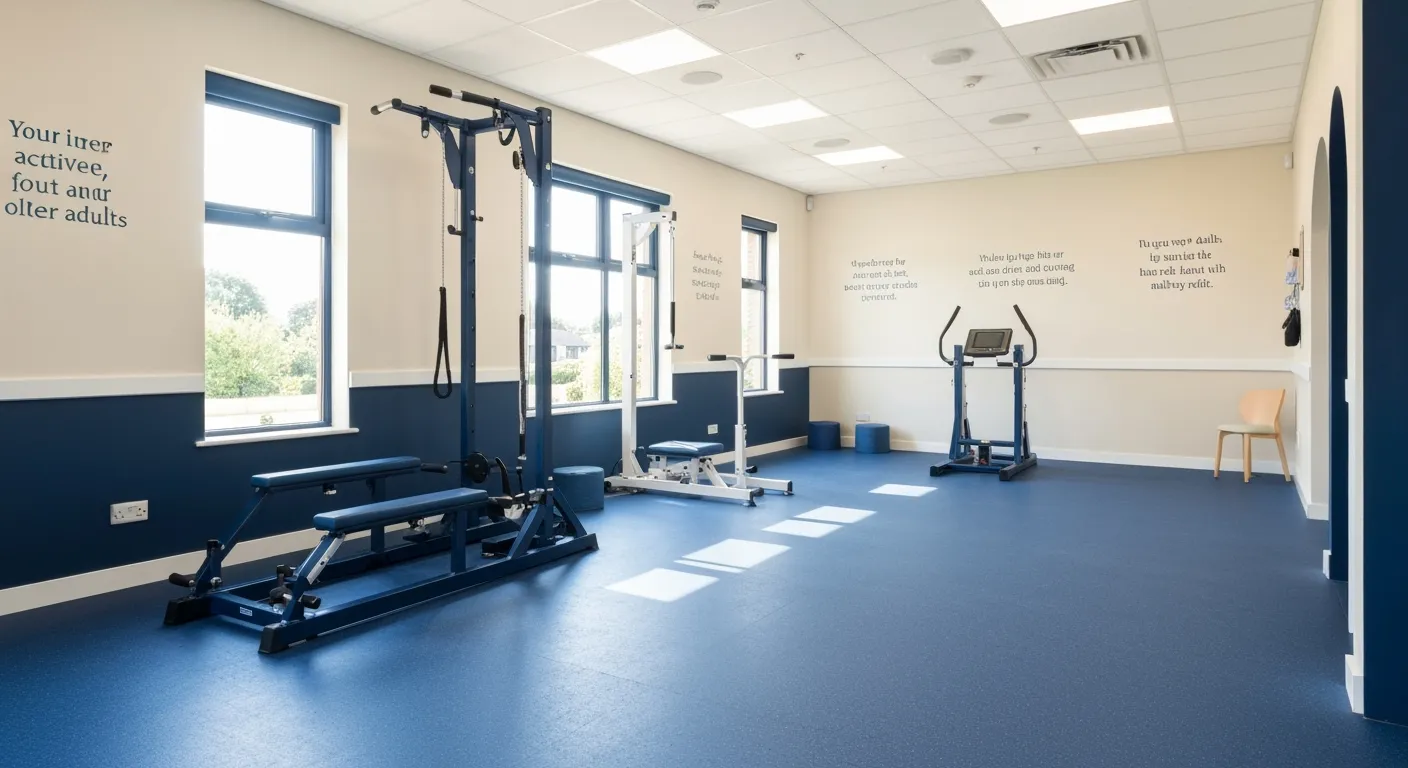
Physiotherapy Interventions for Balance and Fall Prevention

How Physiotherapy Helps Post-Surgical Recovery

